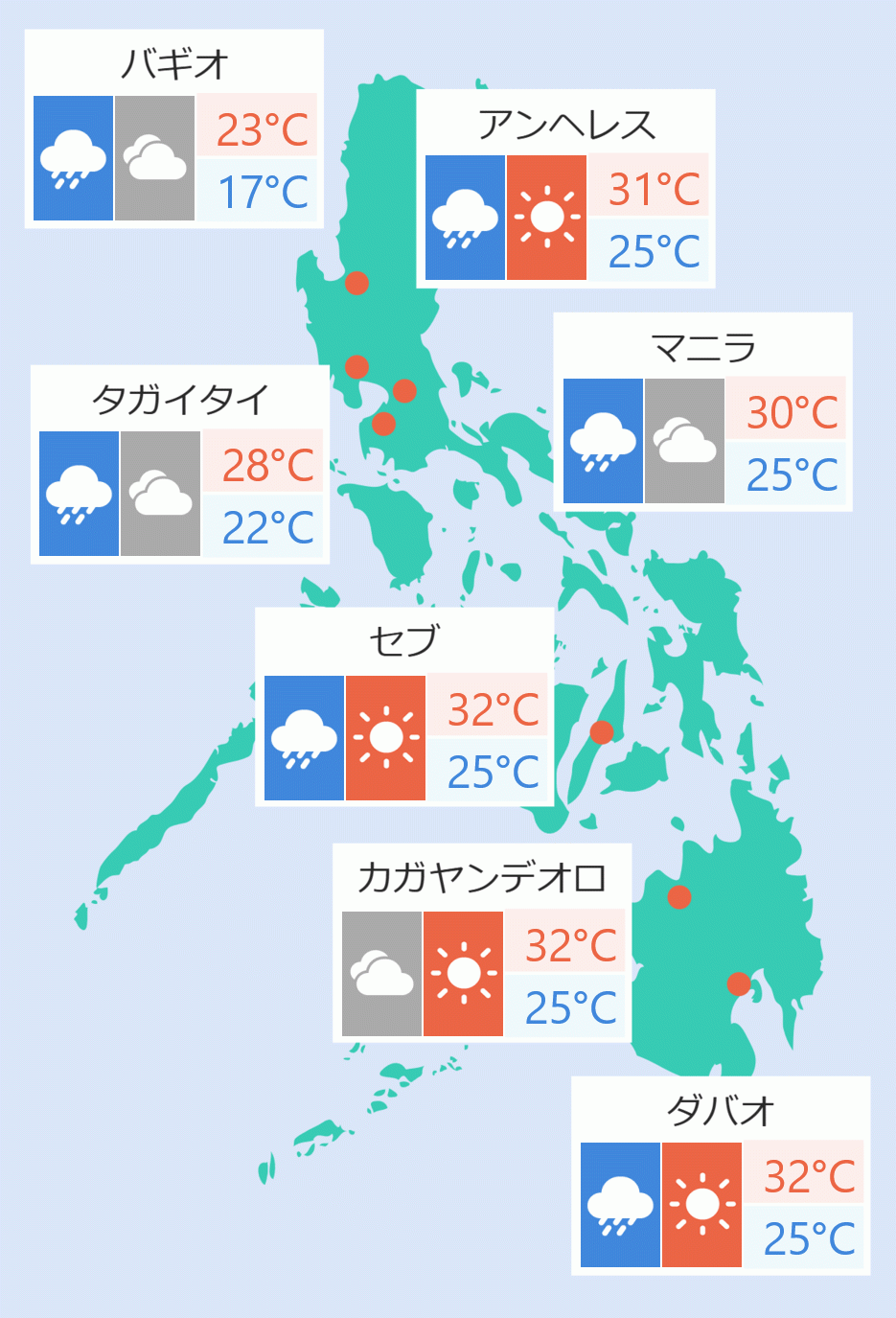Residential real estate prices of various types of new housing units in the Philippines continued to increase in the third quarter, rising by 12.9 percent year-on-year and 3.4 percent quarter-on-quarter , albeit lower than the 14.1 percent and 5.3 percent growth rates registered in the second quarter, respectively.
On a year-on-year basis, residential property prices in the National Capital Region (NCR) rose by 12.3 percent in third quarter as prices of single-detached and attached houses, condominium units, and townhouses increased for the same period.
Similarly, residential property prices in areas outside the NCR grew by 14.3 percent, driven by more positive annual increases in the prices of all types of housing units.
On a quarter-on-quarter basis, residential property prices rose by 11.5 percent and 0.1 percent in the NCR and areas outside the NCR, respectively.
By housing type, prices of duplex housing units registered the highest YoY growth rate in the third quarter (at 57.7 percent), followed by single-detached/attached houses (at 16.8 percent), townhouses (at 9.3 percent), and condominium units (at 8.3 percent).
A look at the quarter-on-quarter changes revealed that the prices of duplex housing units, likewise, grew the fastest (by 30.8 percent), followed by condominium units (by 15.6 percent), and single-detached/attached houses (by 1.4 percent). Meanwhile, prices of townhouse units declined from the previous quarter.
In the third quarter, the number of residential real estate loans granted for all types of new housing units in the Philippines declined by 1.8 percent year-on--year as those from the NCR contracted by 11.9 percent, outweighing the 5.1 percent growth in areas outside the NCR.
By contrast, nationwide housing loan availments grew by 18 percent quarter-on-quarter, following the 31.9 percent and 11.3 percent increase in the number of residential real estate loans in the NCR and areas outside the NCR, respectively.
The total number of residential real estate loans granted in the Philippines rose by six percent year-on-year driven by the double-digit growth in areas outside NCR (15 percent), which outweighed the 9.3 percent contraction in the NCR.
Likewise, the total number of transactions grew by 22.3 percent quarter-on-quarter, brought about by the 34 percent and 17.5 percent increase in the number of residential real estate loans in the NCR and areas outside NCR, respectively.
In the third quarter, the appraised value of new housing units in the country averaged to P92,168 per square meter (sqm), with a nine percent and 17.5 percent growth over comparable year- and quarter-ago levels, respectively.
Meanwhile, the average appraised value per sqm in the NCR increased by 12.4 percent year-on-year and 22.4 percent quarter-on-quarter to P156,530 per sqm.
In areas outside NCR, the appraised value per sqm expanded by 17.1 percent year-on-year and 1.3 percent quarter-on-quarter, to an average of P55,202. It may be noted that the average appraised value of properties in the NCR is around three times higher than in the areas outside NCR.
The weight of each type of housing unit in the residential real estate price index is determined by dividing the total floor area (in sqm) of a specific type of housing unit over the total floor area of all housing types.
In the third quarter, single-detached/attached houses continued to constitute the largest weight in the residential real estate price index at 52.6 percent.
Meanwhile, condominium units, townhouses, and duplex housing units accounted for 25.5 percent, 21.3 percent, and 0.6 percent in the calculation of the residential real estate price index, respectively.
In the third quarter, 76.2 percent of residential real estate loan transactions were used to purchase new housing units. Meanwhile, by type of housing unit, most of the residential property loans were used for the acquisition of single-detached/attached houses (48.2 percent), followed by condominium units (36.3 percent) and townhouses (15 percent).
Most of the residential real estate loans granted in the NCR were for the purchase of condominium units, while residential real estate loans granted in the areas outside NCR were for the purchase of single-detached/attached houses.
By region, 31.8 percent of the total number of residential real estate loans granted were from the NCR, while the balance was from areas outside NCR as follows: Calabarzon (32.2 percent), Central Luzon (12.3 percent), Western Visayas (6.1 percent), Central Visayas (5.8 percent), Davao Region (3.4 percent), and Cagayan Region (2 percent).
The regions, including the NCR, comprised 93.6 percent of the total housing loans granted by banks. BSP





 English
English









